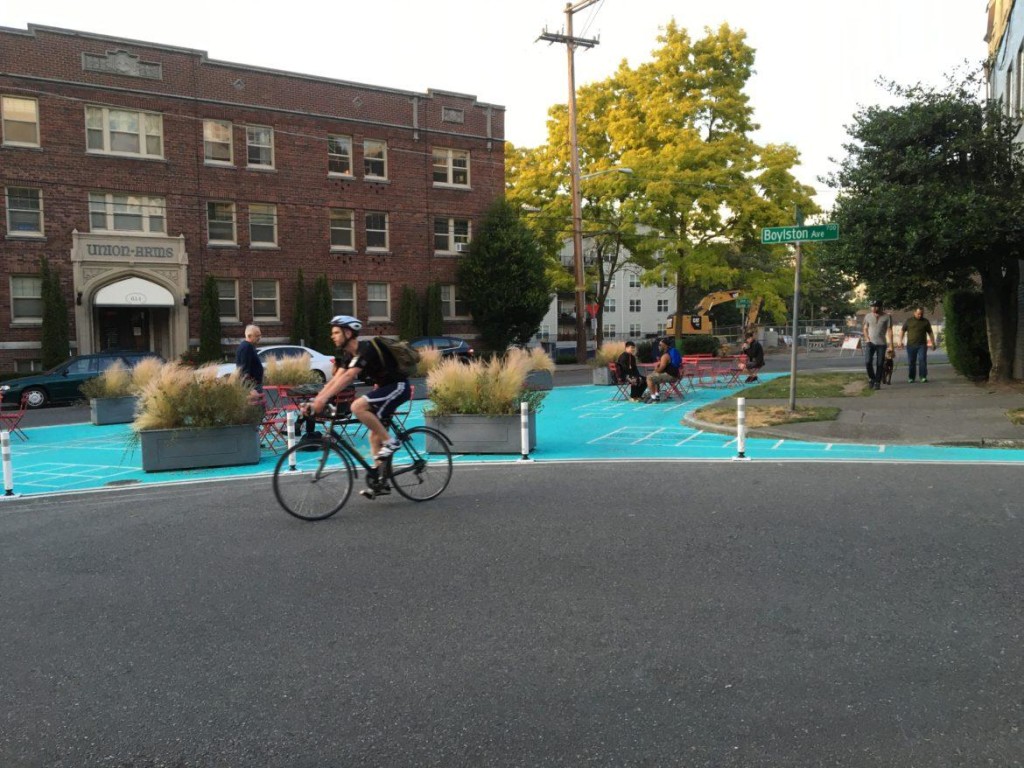Letter requesting organizations
to join Coalition for a Stronger Tree Ordinance
Seattle City Councilmember Rob Johnson has introduced a framework to update Seattle’s current Tree Ordinance. This is something many citizens and organizations have been urging for almost 10 years.
We would like your organization to join with us and others to strengthen our coalition effort to coordinate and carry out a focused effort to update our outdated tree ordinance, last passed in 2009 as an “interim ordinance”. Continue reading






